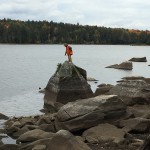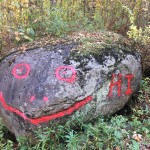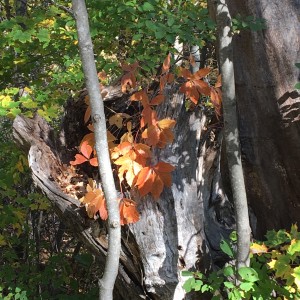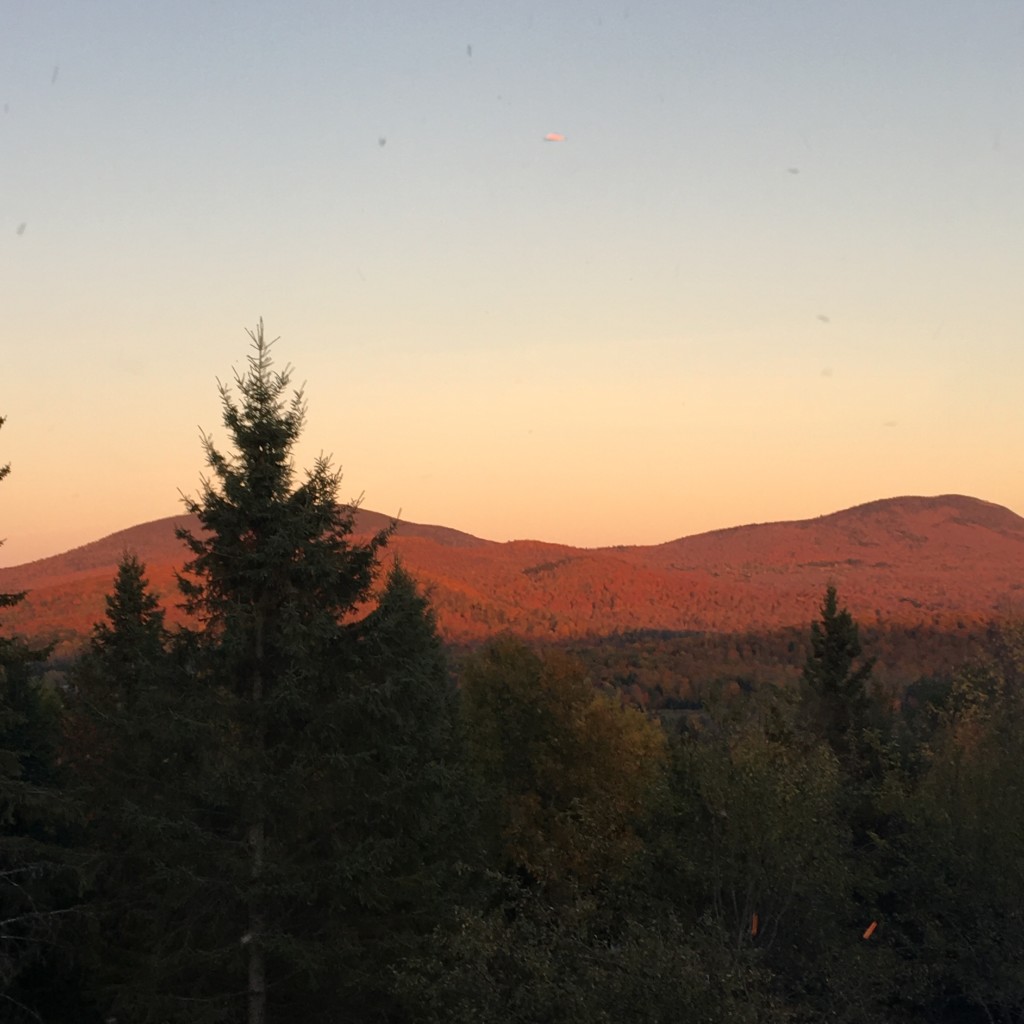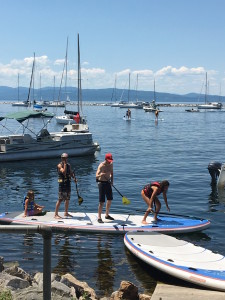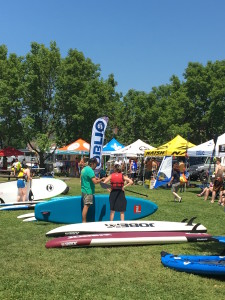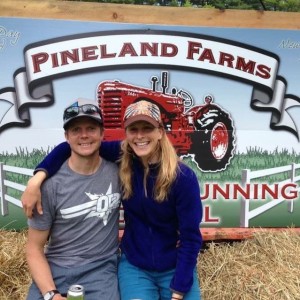This story ran in the Rutland Herald & Times Argus on 7-10-2016, written by Linda Freeman, Field Editor and Correspondent for ACTIVE VERMONT.
Last week on the Active Vermont page you read tips on how to choose your own SUP. Once selected, what next? What can you do with a SUP? The short answer is “a lot.” A stand up paddleboard is legally a vessel and can be used much like a kayak or canoe. One or more users can navigate ponds, lakes and rivers for sport, recreation or fitness.
Standing up is a lovely way to tour. The vantage is just that much better and what is below the board is easily seen. Looking straight down you will see far more than glancing across the top of the water from a seat. Though the very idea of standing on something potentially tippy in the middle of a lake can be daunting, it’s really not so bad. In fact, there’s no rule that says you must stand. You might want to begin seated or kneeling. In fact, if there’s a stiff wind and you really need to get where you’re going, you might want to lower your mass and cut through less wind.
But back to your first time out. Because I was skeptical about the touted simplicity of SUP, what I had heard of as “user friendly,” (yeah, right), I knew I had to try it before writing about it. So I did and will share the few bits I learned.
Begin, of course, with the right SUP and the correct length paddle. Don’t forget your pfd (personal floatation device), leash, water and sunscreen. (Refer to Active Vermont, July 3, 2016.)
If you start from the shore, simply push the board out a little way, lay the paddle across like an outrigger, put one knee on the board, then the other, and voila you’re afloat.
At this point the paddle is much too long to be effective, but will do something. As soon as you are ready, take your time, find a centered balance on the board, and straighten up. At first you might be tense, (I sure was) but allow yourself to move with the board and start to paddle.
Find a functional alignment: feet parallel, about hip-width apart, toes pointed forward, knees slightly bent tracking over the toes, back erect, and looking where you are going. “Much like bicycling, when your forward momentum increases, your stability increases as well.” (www.rei.com)
With one hand over the end of the paddle and the other partway down the shaft, begin to make sweeping strokes close to the board. There is a way to refine a “J” stroke that will help keep you tracking forward, but you will need to switch sides regularly anyway. The longer you’re on the board, the more comfortable you will be. Try standing slightly fore or aft and see what effect that has on your paddling. Practice turning and using so many of the same techniques that you would use with a canoe. The wider your board, the more stable. Soon, however, unless the water is really disturbed, you should find yourself relaxing and enjoying the ride. And, oh yes, don’t forget that the strength of the paddle stroke comes from your core and not just arms and shoulders. With arms relatively straight, twist from your torso to execute the stroke. Paddle wrong and you’ll tire too quickly.
“The paddle in the water is your 3rd leg of stability,” Mike Strojny said. As assistant retail manager at Umiak Outfitters, he has seen many newcomers to SUP. “A couple hours and you should be good. Wrong equipment is a problem. When it comes to technique, a lesson helps accelerate the learning curve.”
Finally, wear a swim suit. If you fall, you want to fall into the water, not on the board. Just be cool and pretend you meant to take a dip.
YOGA and SUP
Yoga on a stand up paddleboard is not new. In fact, Wikipedia refers to this as an “emerging sport,” and cites its acceptance within an “international community.”
The Huffington Post lists the following reasons to practice Yoga on a paddle board. Certainly, if your Yoga is getting stale, SUP makes it a uniquely different experience. Because of the unstable base, you need to refine your technique and, in the process, get a better workout. Once you accomplish your goals, there is a sense of empowerment; and, because it is “a touch scary,” your success is well-earned. Furthermore, it is noted that the practice can be calming with more attention paid to breathing. It’s fun and it’s beautiful.
A quick Google search will find SUP and Yoga alive and thriving in Vermont. In the Killington area SUP Yoga is in its fourth season. (www.killingtonYoga .com). At Waterbury Reservoir both Grateful Yoga and Siren SUP with Merin Perretta and Anjali Budreski offer multiple classes each week into September. (www.umiak.com).
“FLOAT YOUR YOGA ”
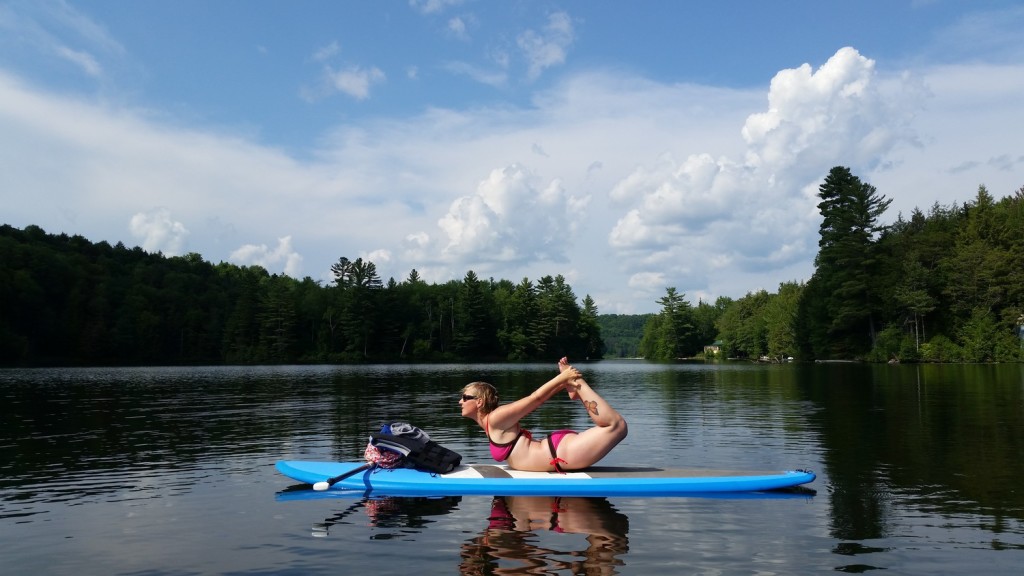
Merin Perretta, SUP yoga. Photo courtesy of Merin Perretta.
Merin Perretta brings to her teaching a rich and varied background with personal, physical and intellectual depth. “I took my first Yoga class at the age of 15 or 16 with my sister at a Community Center in Newton, Ma,” Perretta said. “There was a lot of meditation and I liked it.”
Perretta has always been fitness-based and athletic. Her Yoga experience “planted the seed. It took a long time to germinate and set down roots.” First there was a move to the Northeast Kingdom where she found a little studio that “drew me in,” she said. As her Yoga learning and practice continued, Perretta went on to enhance her bachelors degree in medical sociology with a masters degree in counseling. Today in Montpelier Perretta pursues mind-body integration through her work as a certified personal trainer and Yoga instructor.
When Perretta and Budreski met, “we totally hit it off,” Perretta said. Both teach at Yoga Mountain in Monteplier. “I’ve learned so much,” Perretta said. “I’ve found my Yoga platform at Yoga Mountain.” Perretta and Budreski both love SUP and both love Yoga . “We’ve got to bring this to people,” they said. Siren SUP was born of their shared enthusiasm. The two became business partners planning their SUP classes as well as a trip to Costa Rica in March 2017 to a surf and paddleboard destination where they hope to work with women of all ages, engaging all the element of youth, coming of age, and maturity. It will be about sister groups, partnering, Yoga and, of course, SUP. (For more information visit http://trilliumhealthworks.com)
My own experience with Yoga on a paddleboard happened a few weeks ago on a beautiful, though breezy, sunny day on Curtis Pond in central Vermont under the guidance of Merin Perretta. I had never, ever, been on or near a paddleboard. Perretta was unfazed. I do, however, practice Yoga and, though relatively new, am also relatively comfortable with some of the asanas.
What are asanas? Though strictly speaking asana may refer to a seated stillness, asanas in Yoga are often referenced as postures, or the physical actions of Yoga . Though Yoga is indeed about far more than exercise, it is often the place where most of us begin.
So to begin at the beginning, I managed to stand up and paddle and reach the point where I might try a few simple asanas. Working from a tabletop postion, on all fours, was easy and a real start in adapting to the movement of the board on water.
Transitioning into downward facing dog, basically a pike position with hands and feet on the board, added something new. As I looked back past the end of the paddleboard (for all purposes upside down) the play of the water against the board did weird things to my eyes and balance. Looking the other way in camel pose was another story. As I looked up at a cloudless sky the world seemed still; so much easier.
Trying a few poses lifting one leg, twisting, stretching or moving from plank to the board were all done with a sense of exploration. Strangely aligning from bow to stern on the board was do-able (warrior I or pyramid pose) but aligning with the long side (warrior 2 or triangle poses) was far more challenging. Just as I was feeling pretty good in dolphin pose with one leg in the air (sort of half standing on my head) I looked to see Perretta in a full head stand. Oh well. The sky’s the limit I guess.
The bottom line is that if I can do this, anyone can. Each class,similar to my experience, is taught with respect for what each individual brings to the board. No previous SUP or Yoga experience is needed.
WHY YOGA ON A PADDLEBOARD

SUP yoga class taught by Merin Perretta. Literally Asana on the Water. photo supplied by M.Perretta.
Perretta, who practices her Yoga with precision focusing on alignment and fitness, also brings to her work a deep sense of the mental, emotional and spiritual. “Yoga is 1% theory and 99% practice,” she quoted.
And then there’s the fun part. Speaking of SUP Yoga she said, “If you’ve even a glimmer of curiosity, try it. Encounter it, look it in the eye, and do it.”
But perhaps more importantly the experience deepens a Yoga practice and expands it to include more than navigating the poses on water.
The unstable surface challenges core strength and balance, yes, and there is a playfulness about the process. But there is also a connection with your immediate yet vast environment; with water, sky and air.
The board becomes your mat, the space in which you engage. It becomes your partner and your teacher. You learn to release, to float. You may sit, kneel, stand or lie on your board, your Yoga mat in action. You feel buoyancy and relate physically to the movement of the water, to tides, to flow.
Your perspective is organic. When you seek your drishti, your focal point, you may need to look inward.
When you finish your practice, you lie supine on your board, eyes closed, and give yourself to the water’s surface, be it active or still. You feel and sense rather than see and do. Your board gives you feedback from your practice. You learn which muscles worked and which joints opened. You feel your spine, hips, skull, heels, elbows and hands against a stiff but moving surface. It makes you think about where you’ve been and where you are going, and then perhaps relieves you of thought. Flow is a word often united with Yoga . On the water, flow is quite literal.
For me, my take home was a very real example of what in Yoga is called Sthira and Sukha, steadiness and ease. Uniting these two qualities that could be perceived as opposites, is profound. Finding a balance between effort and ease significantly impacts sports performance as well as daily living. Striving for strength, energy and capability; then softening with ease, release and freedom, just might be what it’s all about.

 Yes, Yoga is for everyone and Yes, EVERYONE DESERVES YOGA.
Yes, Yoga is for everyone and Yes, EVERYONE DESERVES YOGA.
 That was my first visit to Kripalu Center for Yoga and Health in Stockbridge, Massachusetts. I vowed then it would not be my last, and so it hasn’t been.
That was my first visit to Kripalu Center for Yoga and Health in Stockbridge, Massachusetts. I vowed then it would not be my last, and so it hasn’t been.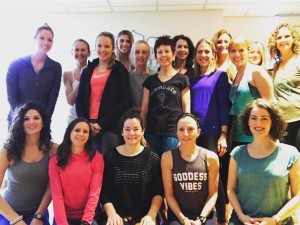

 An interesting aspect of the Janus head that I recently observed is that each face is the same. One is not looking forward with furrowed brow or looking back frantically as if to say “where has the time gone?” Both faces consider what has gone before and what lies ahead with equivalent composure.
An interesting aspect of the Janus head that I recently observed is that each face is the same. One is not looking forward with furrowed brow or looking back frantically as if to say “where has the time gone?” Both faces consider what has gone before and what lies ahead with equivalent composure. There’s something lovely about a brand new year, one that is, as of January 1st, unspoiled, untarnished. Like a beautiful journal open to the first page, the first of many such blank pages waiting for our words to create something new and personal, the new year hints tenuously of promise.
There’s something lovely about a brand new year, one that is, as of January 1st, unspoiled, untarnished. Like a beautiful journal open to the first page, the first of many such blank pages waiting for our words to create something new and personal, the new year hints tenuously of promise.


